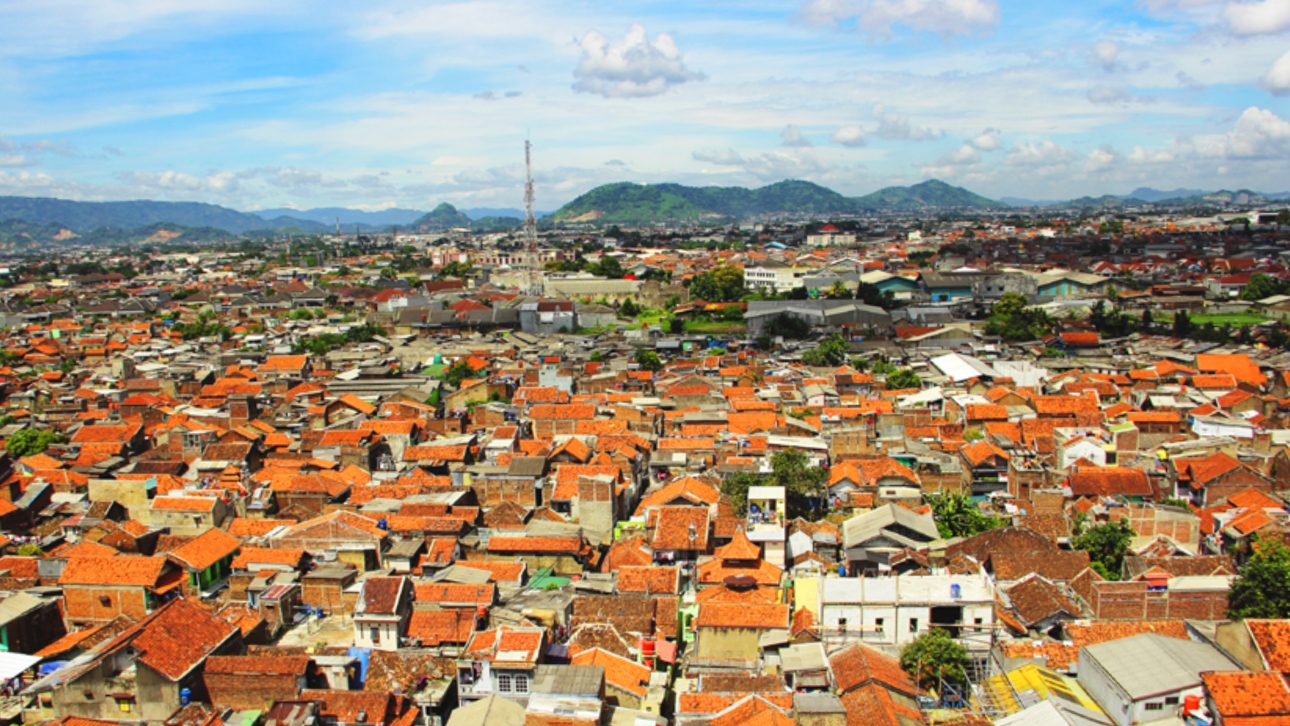- English
- 中文 (Chinese)
- Français (French)
- Deutsch (German)
- 日本語 (Japanese)
- Español (Spanish)
2023 ULI Asia Pacific Home Attainability Index

This year’s report newly includes 17 cities in four developing countries – India, Indonesia, the Philippines, and Vietnam – in addition to the 28 cities in the five developed countries covered in last year’s report, namely Australia, China, Japan, Singapore, and South Korea. In terms of relative home attainability, key trends are as follows:
- gateway cities in general have lower home attainability for home purchase;
- rental housing is relatively more affordable (less unaffordable) for the region compared to home purchase; and
- while home prices and rents in developing countries are significantly lower than in developed countries, home attainability is severely low, especially in the Philippines and Vietnam.
In general, homeownership is considered unaffordable when the ratio of the median home price to median annual household income exceeds 5. By this standard, only Singapore’s Housing Development Board (HDB) units and apartment units in Melbourne and Brisbane, Australia, are considered affordable. While home prices in the cities in the developing countries are substantially lower than those in developed countries, median home prices represent roughly 8 to 30 times median annual household income for the cities in Indonesia, the Philippines, and Vietnam, putting homeownership beyond the reach of average households. For rental homes, housing is considered affordable when the ratio of median monthly rent is less than 25 percent of monthly household income.
By this measure, Japan’s rental housing is most affordable with the ratio ranging from 14 to 21 percent. The housing markets in the region vary greatly in terms of types of housing stock, such as high-rise apartments versus single-family homes, formal housing versus informal housing, private-sector housing versus public housing, owned homes versus rental homes, and size of homes. The following have been identified as critical factors that substantially affect housing demand and supply and largely determine home attainability and quality of housing in the cities covered in this year’s report:
- Demographic trends;
- Land use-related government policies and density;
- Urban transportation infrastructure;
- Redevelopment of urban areas;
- Availability of financing for home purchase;
- Extent of government involvement in housing provision; and
- Interrupted supply chain for buildings materials and labour during the COVID era
Zusammenfassung des Berichts: This year’s report newly includes 17 cities in four developing countries – India, Indonesia, the Philippines, and Vietnam – in addition to the 28 cities in the five developed countries covered in last year’s report, namely Australia, China, Japan, Singapore, and South Korea. In terms of relative home attainability, key trends are as follows:
- gateway cities in general have lower home attainability for home purchase;
- rental housing is relatively more affordable (less unaffordable) for the region compared to home purchase; and
- while home prices and rents in developing countries are significantly lower than in developed countries, home attainability is severely low, especially in the Philippines and Vietnam.
In general, homeownership is considered unaffordable when the ratio of the median home price to median annual household income exceeds 5. By this standard, only Singapore’s Housing Development Board (HDB) units and apartment units in Melbourne and Brisbane, Australia, are considered affordable. While home prices in the cities in the developing countries are substantially lower than those in developed countries, median home prices represent roughly 8 to 30 times median annual household income for the cities in Indonesia, the Philippines, and Vietnam, putting homeownership beyond the reach of average households. For rental homes, housing is considered affordable when the ratio of median monthly rent is less than 25 percent of monthly household income.
By this measure, Japan’s rental housing is most affordable with the ratio ranging from 14 to 21 percent. The housing markets in the region vary greatly in terms of types of housing stock, such as high-rise apartments versus single-family homes, formal housing versus informal housing, private-sector housing versus public housing, owned homes versus rental homes, and size of homes. The following have been identified as critical factors that substantially affect housing demand and supply and largely determine home attainability and quality of housing in the cities covered in this year’s report:
- Demographic trends;
- Land use-related government policies and density;
- Urban transportation infrastructure;
- Redevelopment of urban areas;
- Availability of financing for home purchase;
- Extent of government involvement in housing provision; and
- Interrupted supply chain for buildings materials and labour during the COVID era


